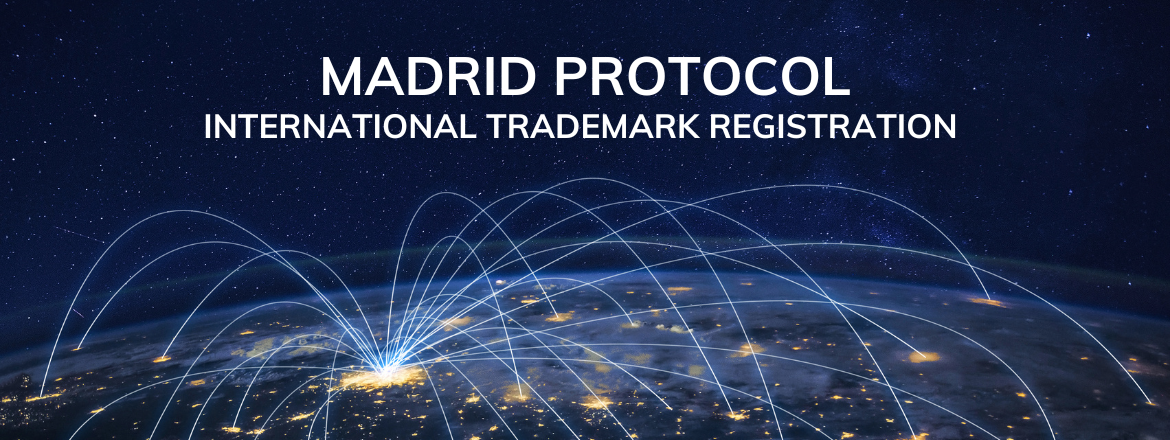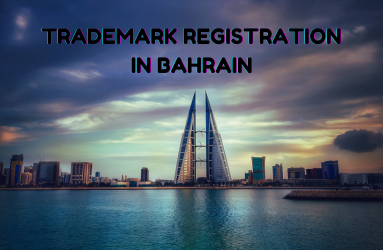The Madrid Protocol and Its Impact on International Trademark Registration

What is the Madrid Protocol
The Madrid Protocol, administered by the World Intellectual Property Organization (WIPO), is an international treaty that simplifies the process of registering trademarks across multiple jurisdictions. The treaty enables trademark owners to secure protection for their marks in numerous member countries by submitting a single application to their home country's national trademark office. This system came into operation on April 1, 1996. It is also known as an "international application," and serves as the foundation for subsequent filings in the member countries.
In today's globalized marketplace, safeguarding a brand's identity across international borders is a paramount concern for businesses. The Madrid Protocol, a landmark international treaty, has revolutionized the trademark protection and registration landscape. This article delves into the Madrid Protocol's significance, its workings, advantages, key considerations, potential drawbacks, the role of the World Intellectual Property Organization (WIPO), and future trends.
Real-world examples highlight the Madrid Protocol's efficacy. Global brands, such as Coca-Cola and Samsung, have capitalized on this system to secure trademark protection across a multitude of countries. These case studies serve as powerful testimony to the Protocol's impact on global business strategies.
Understanding the Madrid Protocol: How the Madrid Protocol Simplifies International Trademark Registration
One of the most compelling features of the Madrid Protocol is the centralized application process it offers. Instead of dealing with the complex and time-consuming task of filing individual applications in each desired country, businesses can achieve multi-jurisdictional protection through a single application. This process significantly reduces administrative burdens and costs, making international expansion more accessible to businesses of all sizes.
Advantages of the Madrid Protocol
- Cost-Effectiveness and Efficiency in Trademark Registration
Traditionally, filing for trademark protection in multiple countries required substantial financial resources and administrative efforts. With the Madrid Protocol, businesses can achieve substantial cost savings by bundling their applications into a unified submission, reducing paperwork and filing fees. - Centralized Application Process and Management
Through the Madrid System, the application process is streamlined and harmonized across member countries. This eliminates the need to navigate varied and sometimes complex national application procedures, resulting in greater predictability and consistency in the registration process. - Flexibility for Expanding Businesses in Multiple Jurisdictions
For businesses seeking to expand globally, the Madrid Protocol offers unmatched flexibility. As a business's footprint grows, it can efficiently add new countries to its existing international registration, minimizing administrative hurdles.
Key Considerations and Strategies
- Eligibility and Requirements for Using the Madrid System
To benefit from the Madrid System, businesses must hold a trademark application or registration in their home country. This foundational requirement ensures that the international application is built upon a solid base. - Determining Which Countries to Include in the International Application
Strategic planning is crucial in selecting the countries to include in an international application. Factors such as current and potential markets, business objectives, and budget considerations should guide this decision-making process. - Addressing Potential Challenges and Obstacles
Differences in trademark laws, examination procedures, and cultural nuances across countries can pose challenges. Thorough research and understanding of each jurisdiction's requirements are essential to navigate potential obstacles successfully. - Best Practices for Maximizing the Benefits of the Madrid Protocol
To maximize the benefits of the Madrid Protocol, businesses should ensure the accuracy and completeness of their applications. Engaging experienced trademark professionals can provide valuable insights and guidance throughout the process.
Potential Drawbacks and Limitations
- Differences in Trademark Laws and Examination Procedures
While the Madrid Protocol streamlines the application process, it does not harmonize the substantive examination of trademarks. Each member country's trademark office evaluates applications based on its laws and regulations, potentially leading to differences in registration outcomes. - Impact on National Applications if the International Registration is Refused
If a trademark application is refused by a member country's trademark office, it may impact the entire international registration. In such cases, it is essential to assess the viability of pursuing national registrations in individual countries. - Strategies to Mitigate Risks and Ensure Successful Registrations
Thoroughly researching and adhering to each member country's specific requirements, seeking professional guidance, and proactively addressing potential challenges can mitigate risks and enhance the chances of successful international registrations.


Overview of the World Intellectual Property Organization (WIPO)
WIPO plays a pivotal role in administering the Madrid Protocol. As a specialized agency of the United Nations, It ensures the effective operation of the Protocol, provides assistance to member countries, and facilitates international cooperation in the realm of intellectual property.
Future Trends and Developments
- Evolution of the Madrid Protocol and Potential Enhancements
As global trade dynamics evolve, the Madrid Protocol is likely to adapt to meet new challenges and opportunities. Potential enhancements may include further harmonization of examination procedures and expanded membership to include more countries. - Influence of Technology and Digital Advancements on International Registrations
Advances in technology, such as e-filing, digital communication, and the metaverse's impact on intellectual property, are poised to revolutionize the international trademark registration process further. These innovations will likely contribute to increased efficiency and reduced processing times. - Anticipated Impact of Changing Global Trade Dynamics on Trademark Protection
As international business landscapes shift, the importance of trademark protection becomes even more pronounced. The Madrid Protocol's role in providing a streamlined mechanism for safeguarding intellectual property rights will continue to be crucial in an ever-changing global marketplace.
Conclusion
The Madrid Protocol stands as a beacon of efficiency, cost-effectiveness, and accessibility in the realm of international trademark registration. Simplifying the complex process of securing trademark protection across multiple jurisdictions, empowers businesses to expand their reach and protect their brands on a global scale. As the world of commerce continues to evolve, the Madrid Protocol remains an indispensable tool for businesses seeking to thrive in the dynamic arena of international trade.
Ready to Navigate Global Trademark Protection? Consult with our experts today to leverage the power of the Madrid Protocol and Safeguard Your Brand's Identity Across Borders. Drop us an email at [email protected] for a complimentary consultation.
Frequently Asked Questions
What is the Madrid Protocol?
The Madrid Protocol, administered by WIPO, is an international treaty simplifying the process of registering trademarks globally through a single application, promoting efficiency and cost-effectiveness.
How does the Madrid Protocol streamline trademark registration?
It offers a centralized application process, allowing businesses to secure multi-jurisdictional protection through a single application, reducing administrative burdens and costs.
What are the advantages of the Madrid Protocol?
Advantages include cost-effectiveness, centralized application management, and flexibility for expanding businesses in multiple jurisdictions.
What key considerations are crucial for using the Madrid System?
Eligibility requires a trademark application or registration in the home country. Strategic planning for country inclusion, addressing challenges, and engaging experienced professionals are essential.
What are the potential drawbacks of the Madrid Protocol?
Differences in trademark laws and examination procedures across countries can lead to varied registration outcomes. Refusal in one country may impact the entire international registration.
How can businesses mitigate risks and ensure successful international registrations?
Thorough research, adherence to each country's requirements, seeking professional guidance, and proactive addressing of challenges enhance the chances of success.
What role does WIPO play in the Madrid Protocol?
As a specialized UN agency, WIPO administers the Protocol, ensures its effective operation, provides assistance to member countries, and facilitates international cooperation in intellectual property.
What future trends are anticipated for the Madrid Protocol?
The protocol is expected to evolve to meet new challenges, potentially enhancing examination procedures' harmonization and expanding membership. Technology and digital advancements will likely contribute to increased efficiency.
Why is trademark protection crucial in changing global trade dynamics?
As international business landscapes shift, trademark protection becomes more important. The Madrid Protocol offers a streamlined mechanism for safeguarding intellectual property rights in a dynamic global marketplace.






